Alesis ADAT XT20 - nextgen adat with 20bit recording resolution - When you first encounter an ADAT machine they are surprisingly light. Thats cos a modern vcr transport lurks within so they are the weight of a typical modern VCR. It's a robust format, with machines having a 'milage counter' display which shows the number of hours it has been in use. ADAT came along and challenged the old 1/4" and half-inch budget tape formats previously dominated by Fostex & Tascam and it was a massive winner. ADAT offered a budget step into a digital recording world, using a commonly available storage media (s-vhs). The format was so popular that it established a standard data/connection type protocol which now appears in products from a large variety of manufacturers & is used to connect & transfer data between recorder, mixers and pc's in a digital format.
I've only used the original 'blackface' ADAT myself but this was the next model released along with the cheaper LX20
Differences between XT20 & the LX20 (cheaper model)
- Digital Converters: Both the LX20 and the XT20 offer 20-bit A/D and D/A converters, but the XT20's converters provide a wider dynamic range and lower harmonic distortion than those of the LX20.
- Chassis: The XT20 offers a custom-designed, die-cast solid aluminum chassis with an isolated housing for its internal power supply, while the LX20 implements a conventional steel-cased housing.
- Audio Interface: The LX20 provides only unbalanced -10dBV input and output connectors on RCA jacks, while the XT20 also offers a balanced 56-pin +4dBu connector in addition to the unbalanced interface.
- Front Panel Controls/Features: While the XT20 offers similar controls to the current ADAT-XT model (onboard digital editing with Tape Offset, Track Copy and Track Delay, 10 locate points, meter ballistics control), the LX20 will provide controls similar to those on the original Alesis ADAT (limited onboard editing, five locate points, no selectable meter peak hold/clear controls).
Both the ADAT-XT20 and ADAT-LX20 are compatible with the Alesis BRC Master Remote Control.
Here's what Wiki says of the ADAT:
Alesis Digital Audio Tape or ADAT, first introduced in 1991, was used for simultaneously recording eight tracks of digital audio at once, onto Super VHS magnetic tape - a tape format similar to that used by consumer VCRs. Greater numbers of audio tracks could be recorded by synchronizing several ADAT machines together. While this had been available in earlier machines, ADAT machines were the first to do so with sample-accurate timing - which in effect allowed a studio owner to purchase a 24-track tape machine eight tracks at a time. This capability and its comparatively low cost were largely responsible for the rise of project studios in the 1990s.
"ADAT" is also used as an abbreviation for the ADAT Lightpipe protocol, which transfers 8 tracks in a single fiber optic cable. The ADAT cable standard is no longer strictly tied to ADAT tape machines, and is now utilized by analog-to-digital converters, input cards for digital audio workstations, effects machines, etc. One of the original benefits of utilizing ADAT versus S/PDIF or AES/EBU was that a single cable could carry up to eight channels of audio. (AES10 (MADI) can now carry up to 64 channels.)
Several versions of the ADAT machine were produced. The original ADAT (also known as "Blackface") and the ADAT XT recorded 16 bits per sample (ADAT Type I). A later generation of machines - the XT-20, LX-20 and M-20 - supports 20 bits per sample (ADAT Type II). All ADAT's use the same high quality S-VHS tape media. Tapes formatted in the older Type I style can be read and written in the more modern machines, but not the other way around. Later generations record at two sample rates, the 44.1 kHz and 48 kHz rates commonplace in the audio industry, although the original Blackface could only do 48 kHz. Most (all?) models allow pitch control by varying the sample rate slightly (and tape speed at the same time).
With locate points it was possible to store sample exact positions on tape, making it easy to find specific parts of recordings. Using Auto Play and Auto Record functions made it possible to drop in recording at exact points, rather than relying on human ability to drop in at the right place.
ADAT's could be controlled externally with the Alesis LRC (Little Remote Control), which could be attached to the ADAT with a jack connector, and featured the transport controls and most commonly used functions. Alternatively the BRC (Big Remote Control) could be used, which included many more features which the stand alone ADAT did not have, such as song naming, more locate points and MIDI Time Code synchronisation.
ADAT is a professional format, and while it is slowly being replaced by the computer-based digital audio workstation, it is still widely used in the recording industry. Because of its high reliability, it is also still in use for scientific work, and to drive laser light shows.
Although it is a tape based format, the term ADAT now refers to its successor, the Alesis ADAT HD24. This is the next step in stand alone digital multitrack audio recorders, and features hard disk recording as opposed to the traditional tape based ADAT, which is now considered obsolete�although computer based recording holds back devices such as the HD24.
(From Wikipedia)




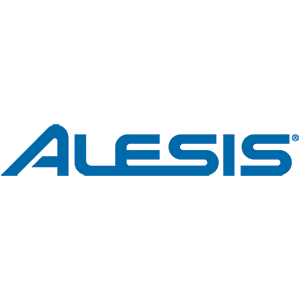
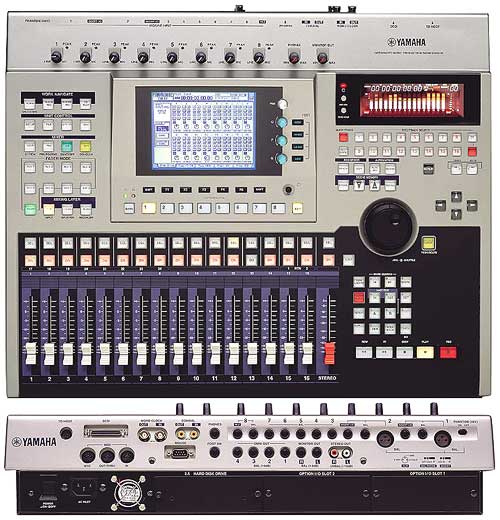

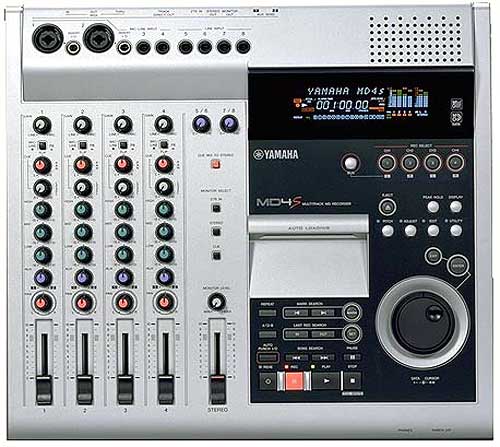
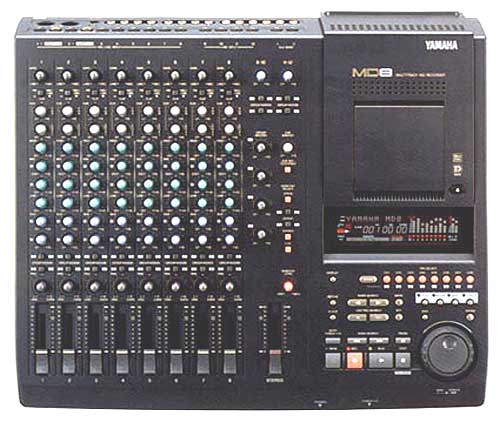
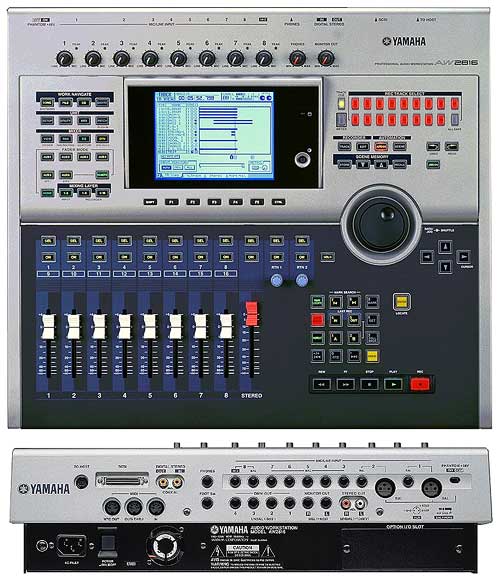


Read 2 comments
Add review/comment